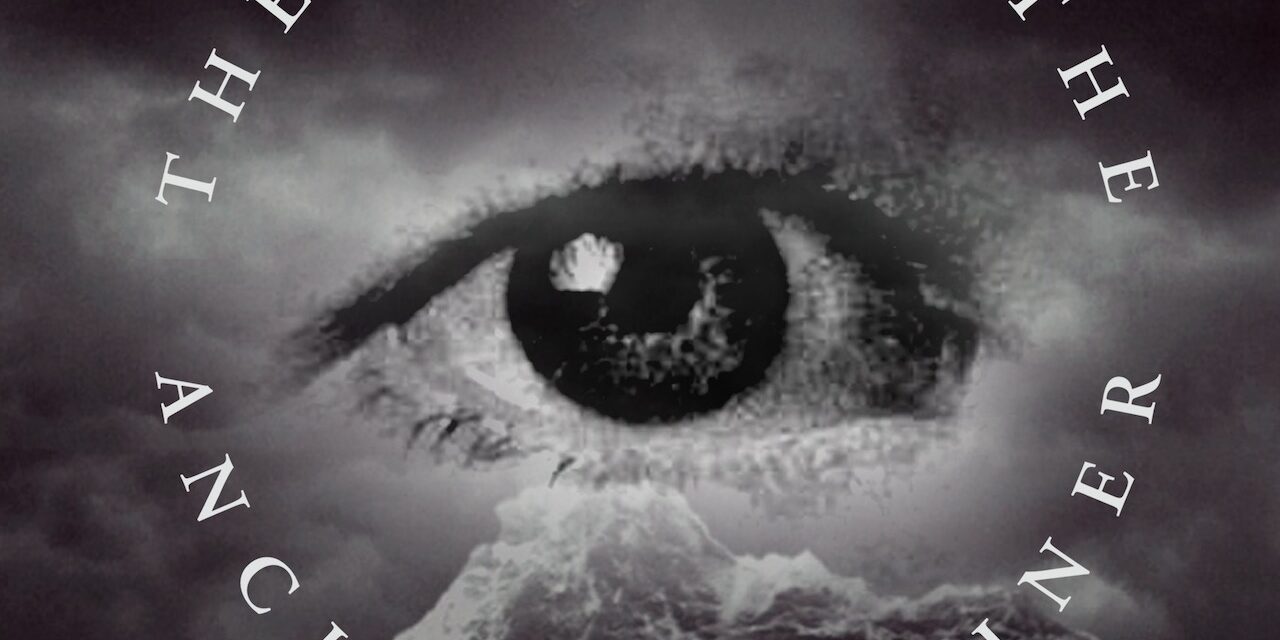
31 March
Designed and directed by Sue Hill, this Rime Of The Ancient Mariner is a thoroughly absorbing piece of theatre, flawlessly performed by an actor drawing upon a wide experience of theatre of all kinds. Wearing a seafarer’s smock and carrying a lantern, John O’Mahony quietly enters a stage strewn with the detritus gathered from a Cornish beach: lengths of rope, a fishing net, plastic floats, and a high-backed chair fashioned from sea-bleached driftwood. He plays a mournful shanty-like tune on an accordion and harmonica, and then his tale begins. He is a master storyteller, swaying with the motion of the ship as it sails south, his voice rising and falling with the wind, and the audience is as quickly transfixed as is the wedding guest in Coleridge’s great poem. Every shift in tone or change of pace serves to bring the mariner’s words to life. Some of the flotsam and jetsam is employed as props, and there is a subtly effective use of sound effects, but always the emphasis is upon the poetry itself.
O’Mahony vividly depicts the anxiety of the wedding guest, wishing to join his friends at the party but trapped by the mariner’s glittering eye and skinny hand. As the tale unfolds we are swiftly transported into the phantasmagorical world of Coleridge’s imagination, where nature itself turns nightmarish after the mariner kills an albatross. How much of the startling imagery is owed to Coleridge’s use of laudanum is unclear, but it is certainly of a wildly psychedelic kind, featuring a skeletal ghost ship crewed by Death itself, and where the mariner finds himself alone and terrified by ‘slimy things’ that ‘did crawl with legs / Upon the slimy sea’. The mariner is compelled to tell this ghastly story; it is how he expiates his great sin. O’Mahony conveys that sense of grim compulsion, but also his joy when he finally learns to love ‘Both man and bird and beast.’
At the time of its publication, The Rime Of The Ancient Mariner would have been chiefly seen as a Christian allegory of wrongdoing and repentance, though it also speaks of mankind’s relationship with nature. Today, the albatross that the mariner so thoughtlessly slays has become a symbol of our careless destruction of the natural environment. Tragically, it now also symbolises the near extinction of many of its own kind. A programme note from Chris Packham describes how ‘one hundred thousand albatross are killed by longline fishing each year.’ To anyone lucky enough to have seen one of these magnificent creatures skimming the waves, and in fact to all of us, that statistic will seem intolerably sad. John O’Mahony’s theatre company The Hungry Grass has a Cassandra-like mission to create work that carries warnings, urgent messages of contemporary relevance. This superb performance of The Rime Of The Ancient Mariner delivers its particular warning with commendable power.
★★★★★ Mike Whitton, 1 April 2024
Artist credit: David Storey


